
Knowing what lice are afraid of, you can get them out in just a few hours, and with the right approach, just one time. Usually, the procedure for killing lice on the head or other areas of the body requires repeated use of pediculicides, and its success depends largely on how effective the drug is used.
So, let's take a closer look at what lice are most afraid of and with the help of what methods of physical and chemical exposure they can quickly get rid of both the parasites themselves and the nits.
Frost: how to get rid of lice with low temperatures
Lice are afraid of the cold. However, like most other insects, they withstand a drop in temperature to 0 ° C and can remain alive for some time even at low temperatures. Lice die in the cold at minus 5 ° C for 20-30 minutes, the more severe frost kills them almost instantly.
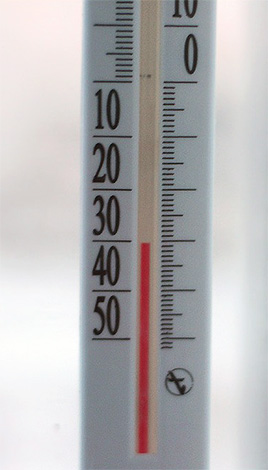
In this case, the lice die in the cold only when they are far from the human body. For example, you can not destroy the lice on the head, just walking in the winter on the street without a hat. In the hair, warm air from the scalp will still be preserved, and although its temperature will be far from optimal for frost, which is deadly for parasites.
On a note
Similarly, it will be ineffective to swim naked in the hole with a disease of pubic lice. The temperature of the water, even in the sea, rarely drops below minus 1 ° C, and the lice will quite easily survive this immersion in ice water. An ordinary person (not a "walrus") can suffer from hypothermia much more strongly than the lice themselves.
It should also be borne in mind that lice are sufficiently resistant to oxygen deficiency and long-term diving of the host under the water is easily tolerated.
Nits are also afraid of frost, but not as much as the lice themselves. At negative temperatures, nits are able to survive longer than the larvae and adult parasites, and after being treated with cold, some of them can remain viable.
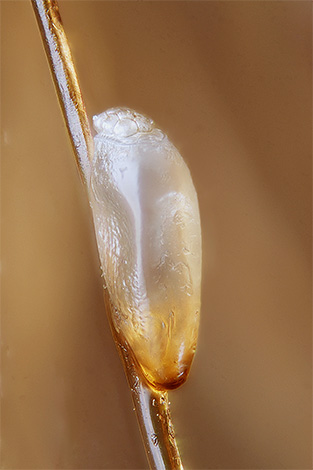
It is possible to use the fear of lice cold mainly to fight with clothes (underwear) lice. They spend most of their time on clothes and only get to the human body for feeding.
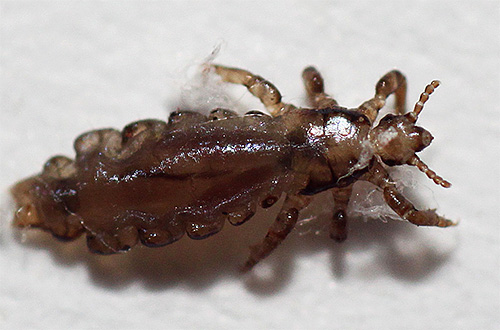
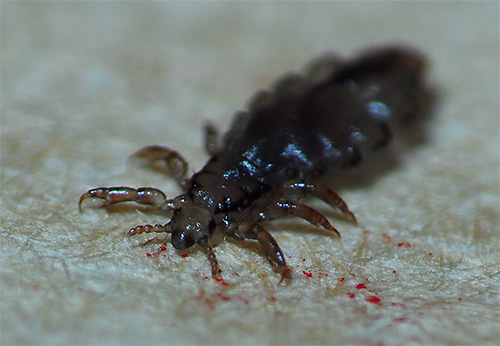
To get rid of laundry lice, you should take all contaminated clothes and hang them for a few days in a hard frost. While lice are dying in the cold, you should wear only clean underwear, guaranteed not infected. After three or four days, all the lice and nits in clothes will die.

It is interesting
Lice and cold - rarely found in nature nearby. The optimal temperature of reproduction of all lice living on humans is + 31 ° C, and already at + 20 ° C they cease to multiply, and the development of their eggs (nits) practically stops. However, at this temperature, adult insects remain active and continue to feed. Therefore, generally speaking, “cold” for lice is still quite comfortable temperatures for a person. But in the cold lice generally can not move, eat and somehow aktivnichat.
Feedback
“In Koyanov, we don’t even know about any of your pesticides. There are two means of lice - kerosene and frost. My grandmother also told me that lice are afraid of frost. Just take your laundry and hang it in the winter on the street for a few days. It froze - changed, and hung up, too. And the whole business. But it is only with clothes louse works. Pubic or head need to poison with kerosene ... "
Pavel, Koyanovo
If, in addition to body lice on the body, their other types (head, pubic) parasitize, the frost will not help here. You should not even try to freeze the parasites from the head or, especially, from the pubic part - you can overcool and seriously harm your health. In this case, you should get rid of lice by other methods.
High temperatures
High temperatures lice, too, are transferred with difficulty. At + 40 ° C, they cease to multiply, at + 45 ° C, the development of nits stops, and at + 50 ° C, adults die for half an hour.
Higher temperatures almost immediately destroy the parasites. However, nits can remain viable at temperatures up to + 60 ° C, and therefore lice out, taking hot baths, inefficient.
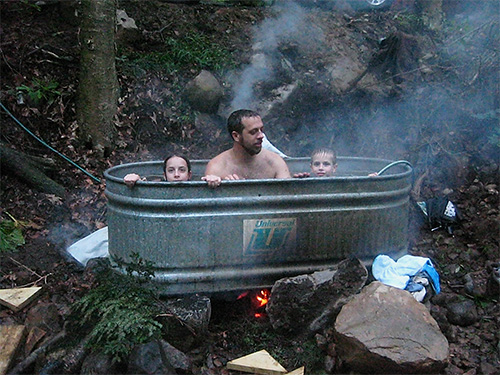
High temperatures are used against lice differently:
- body lice and their nits are destroyed by boiling contaminated clothing in boiling water
- pubic and head lice are removed by blowing hair on the appropriate places with hot hair dryers with an exit air temperature of about 50 ° C. Such processing does not kill lice, but the parasites become lethargic and practically flake off the hair, no longer able to cling to them. Immediately after this, the hair is combed out with combs for lice.
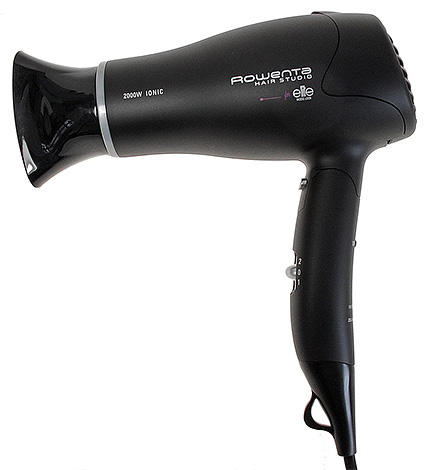
In general, it can be noted that lice are afraid of hot dry air. Infection in lice in the desert regions of the world is lower than in humid forests and swampy tropics for this very reason. By the way, the technology of using a hair dryer for lice was developed specifically in the desert states of the United States, where local researchers found the susceptibility of parasites to rapid death in conditions of heat and dryness.
Specialty Insecticides
These substances are used in the composition of most modern shampoos, gels, and balms. As a rule, they paralyze the nervous system of lice and lead to their death within a few minutes after applying the product to the hair.
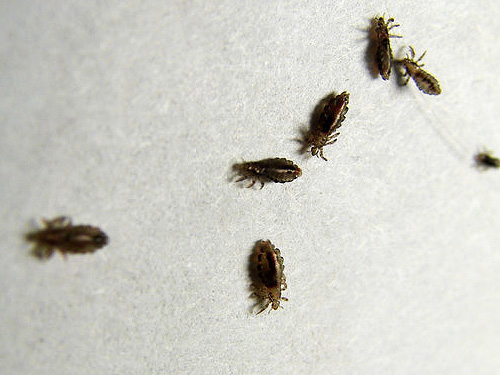
As such poisonous components in the composition of pediculicidal agents, various pyrethroids are mainly used - Cypermethrin, Deltamethrin and some of their analogues. They are contained, for example, in such preparations for lice as Medifox, NOC, Bubil, etc.
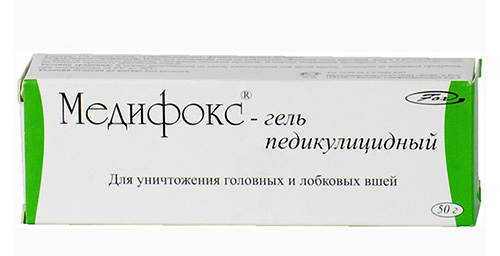
Effective against lice and a special kind of silicone, called Dimethicone. It works in a slightly different way: effectively flowing into the respiratory tract of insects, Dimethicone leads to suffocation of the parasites. Substance is part of the facility here.

Products based on modern insecticides are very effective against lice and are relatively safe to use - they rarely cause allergies and do not lead to intoxication. They are most often used in the fight against lice in children.
Kerosene
Kerosene is a rather outdated folk remedy for lice, which, however, due to its high efficiency, is still often used for removing parasites. It poisons adult lice and partially dissolves the shell of nits.
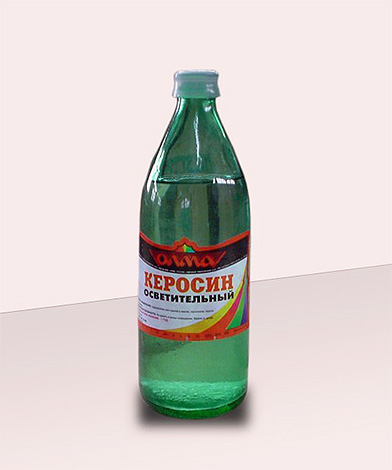
Lice are also afraid of the smell of kerosene, and die when the substance gets on the chitinous surface of the body. Half-hour treatment of the head with kerosene allows you to destroy all adult lice and larvae, while a second session a week later ensures the extermination of young larvae that have passed out of the surviving nits.
Important!
Incorrect use of kerosene can lead to extensive scalp burns and poisoning, especially in children. When working, one should not forget that kerosene is very flammable, and its vapors can ignite from the smallest source of ignition.
Vinegar
In its effects on lice, vinegar is somewhat similar to the effect of kerosene.At the same time, it dissolves the shell of nits much better (more precisely, it softens the glue mass, which nits are attached to the hair).


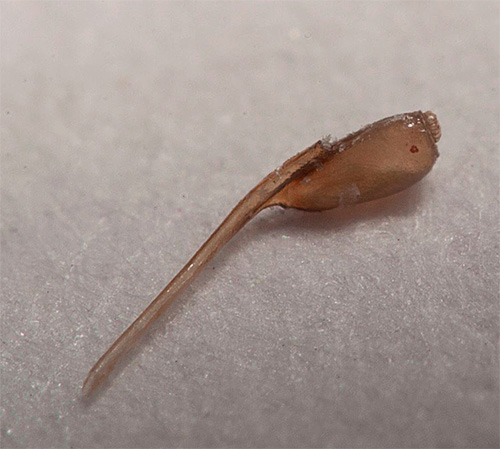
Lice are killed by table vinegar (9%), diluting it in the ratio of one part vinegar to two parts water. When using vinegar, observe the same safety precautions as when killing kerosene lice - undiluted vinegar can cause skin burns!
Cranberry juice
Cranberry juice is another great folk remedy for the fight against lice and nits. Lice are afraid of it and die when they are treated with hair with juice, and nits, when using this tool, are easily peeled off from the hair when combed. This can be used when sharing cranberry juice with lice combs.
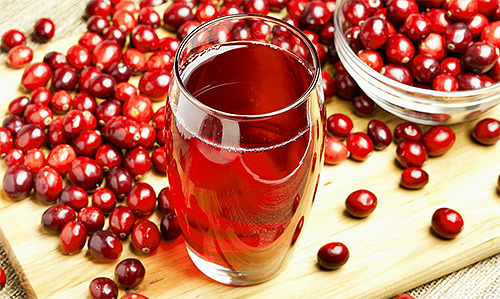
On a note
Lice and nits are generally afraid (by convention) of strong organic acids. For example, among the popular recipes for lice there are funds with citric, malic and grape acid.
Chemerichnaya water
Chemeric water fear mainly adult lice. This tool can be used to combat parasites, and to prevent infection with them.

In the first case, hellebore water is applied to the head as well as lice shampoo,and in the second case, it is smeared with hair behind the ears before a possible meeting with an infected person or before visiting a place where there is a risk of infection by parasites. The lice in this case are much less likely to get over the hair sprayed from the infected person to the policaric water.
What lice are not exactly afraid
And here is what the lice are not exactly afraid:
- Prayers - although this will upset especially believing readers, psalms and appeals to “higher instances” of parasites will not have the desired effect, if you do not back up such prayers with insecticides or even kerosene.
- Conspiracies - the situation with them is similar to the situation with prayers.
- Talismans - lice on a person do not even suspect that somewhere on the neck and arm, it turns out, there is an object that should frighten them. By the way, lice are almost blind and the stones on the wrists, even with a strong desire, cannot be considered.
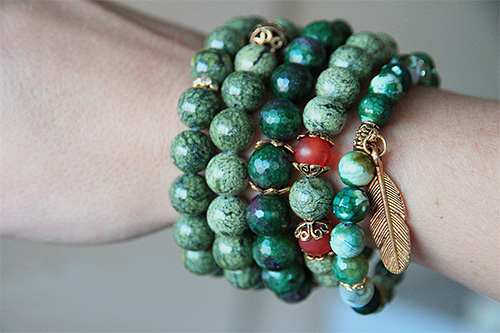
Most lice are just afraid of simple hair removal. Shaving the pubis or head allows you to get rid of parasites literally within an hour without chemistry, combing and the risk of poisoning. Therefore, a shaving machine - the most terrible enemy of lice on the body.
Useful video: how to properly and effectively deal with lice and nits

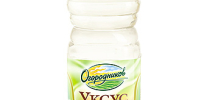
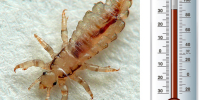
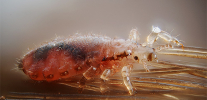
Unpleasant, of course. My daughter found lice and nits. And itched the whole family.
My beauties also have lice. The second time in 8 years. I trimmed a bit of both. Shampoo Hygia helped only the first time. It seems, combed out, and again climbed. In general, turned to a friend of vinegar.Another good drug Headring. Only, alas, in Russia it is not.
Please help my daughter crying every day. Lice and eggs, it seems, no, but it seems itchy and left alone. What should I do? Help me please!
I am infuriated with lice, how to get rid of?
They already got me so that I take off hard to understand.
I just do not know how to deal with nits.
And we have such a problem. It seems to have interrupted everything. Now start to pull out.
Hi, I believe that lice do not need to display! They also need a house.
Take them all to you 🙂
Wow…
Deduced lice, brought out - in 2 days I smore, again. Deduced - after 1 day I look, again. I use water, 1 time nude.
Lice is a horror. Tell me what to do?
Lice buy for good money! There are some diseases that can be treated with lice.
Do not worry: in Israel, schools with lice, teachers say that it does not interfere with (itching). America: all public transport, all with lice, bedbugs, fleas ... Everyone itches.Yes, vinegar is a good and effective remedy. But it all depends on the concentration. Smart people, who sell vinegar and other drugs, breed everything ... Hold on, Russian Fund, Lydia.
Try kerosene.
None of the drugs does not help. At all! And paints do not help the most energetic. It feels like they will survive an atomic attack!
Vodka compress very well helps. Sprinkle hair and rub into the head, the package on top. For 20 minutes, then rinse and subtract.
Daughter brought lice. Most likely from school. For the first time I found out late, because I had not come across this before, so everyone was infected: I, three children. Only my husband got off. But they brought out pretty quickly, and this despite the fact that my daughter and I have thick and long hair. Used pediculen ultra spray. It stinks, of course, terribly, but what to do ... And I combed it out several times a day with a comb.
I do not understand where you take the lice? Do not you wash something, mud overgrown at home? Lice appear from the dirt. For example, I had lice in a children's pioneer camp, because we (children) were not allowed to wash at all, there was no shower, no bath, and it was summer, heat.Some began to wash their heads under the tap in the sinks, but still the infection has spread. Everyone itched, but no one understood what it was (the children did not understand). Dokursha then examined all the children, did not tell anyone. So she came home from the camp with lice, there were a lot of them in her hair, the horror was simple, her head was dirty and greasy. It amazed me that the lice are very hard and do not even choke. In general, I, a child, were very startled and scared, because I never had any parasites as a child. It’s terrible and disgusting to remember, and I don’t want to do that anymore.
Svetlana, lice, in fact, like clean hair, but not dirty. And the majority of them are brought either from transport, or from school, and those who have mess and dirt in the house.
Here, it seems, is an adult, but so illiterate. When I don’t know something, I keep mum, what I want for you. In general, it should be read more))
And still the louses that fell from the head on the clothes run across to other things on hangers in the hospital, at school and in other institutions. And in the pool in the upper layer of water swim, and in the rivers too (in the homeless in the summer swimming season). From them, no one is insured!
Faced with lice more than once. And all the time, only kerosene helped (twice they worked on the head). Now it does not help. In general, we do not understand what's the matter. Put several times, all in vain. Tried with vinegar - the same. Already thinking to get a haircut. Advise something!
Tried to be painted?
Did you see yourself in the mirror? Overpopulated the planet Earth, it's time to take you, people.